There is a new car in my fleet, and it’s a diesel. It’s the first diesel I’ve owned in a two years, and the first non-Peugeot diesel I’ve ever had. I won’t go in to what this new car is now, but what I can go in to here is how this car evoked the memories of my first car – which was a 1996 Peugeot 306 1.9 XLdt. The “dt” is important, as it signifies the fact it’s a turbo diesel. And not just any old diesel either, it’s PSA’s XUD engine. Not only is it quite possibly the best car I’ve ever owned, the further away I get from that moment I owned my Peugeot 306, it’s PSA XUD stands out as one of the best engines I’ve ever had the pleasure of being sat behind.
My Brief History Of My Peugeot 306
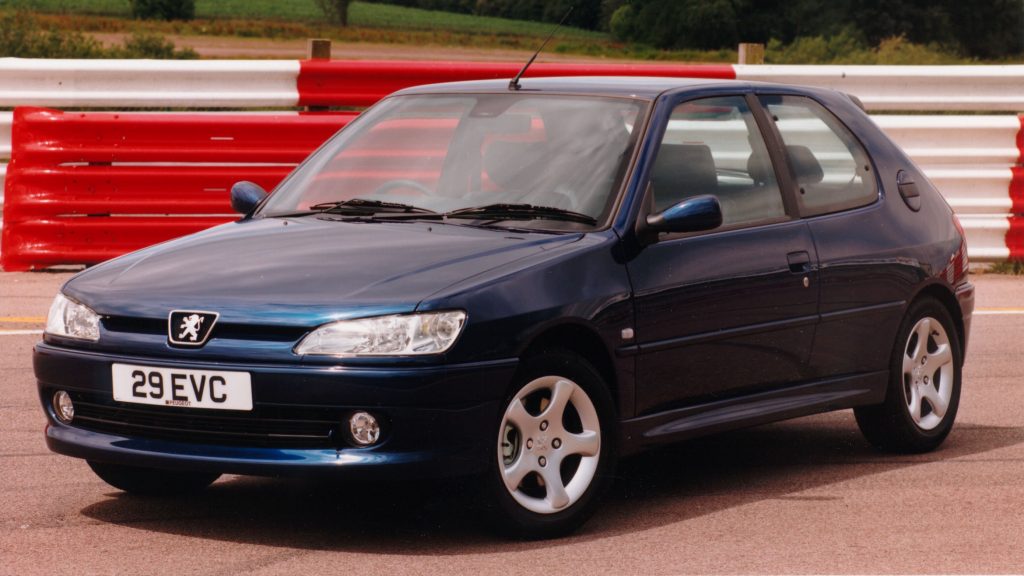
It was an odd time when I got hold of my Peugeot 306. The financial crisis was in full swing, I was out of work, and having a car would open up more job opportunities to me. The issue though is that if you’re at college, and you don’t work, you’re relying on your family for help. It meant that the car had to be cheap but reliable, cheap to run, and cheap to insure. Compounding all of these issues was that my Dad was off work himself after having a heart attack.
To cut a long, sorry story short – it became apparent that a 1.9 turbo diesel Peugeot 306 was going to be about £600 a year cheaper to insure than my sister’s 1.2 Renault Clio. It was still £1,500 for the year though! I managed to get a well looked after Peugeot 306 for about £500. Oh for it to be 2008 again, I’d have bought 2 and stuck one in a barn!
The PSA XUD Engine – God’s Own Engine
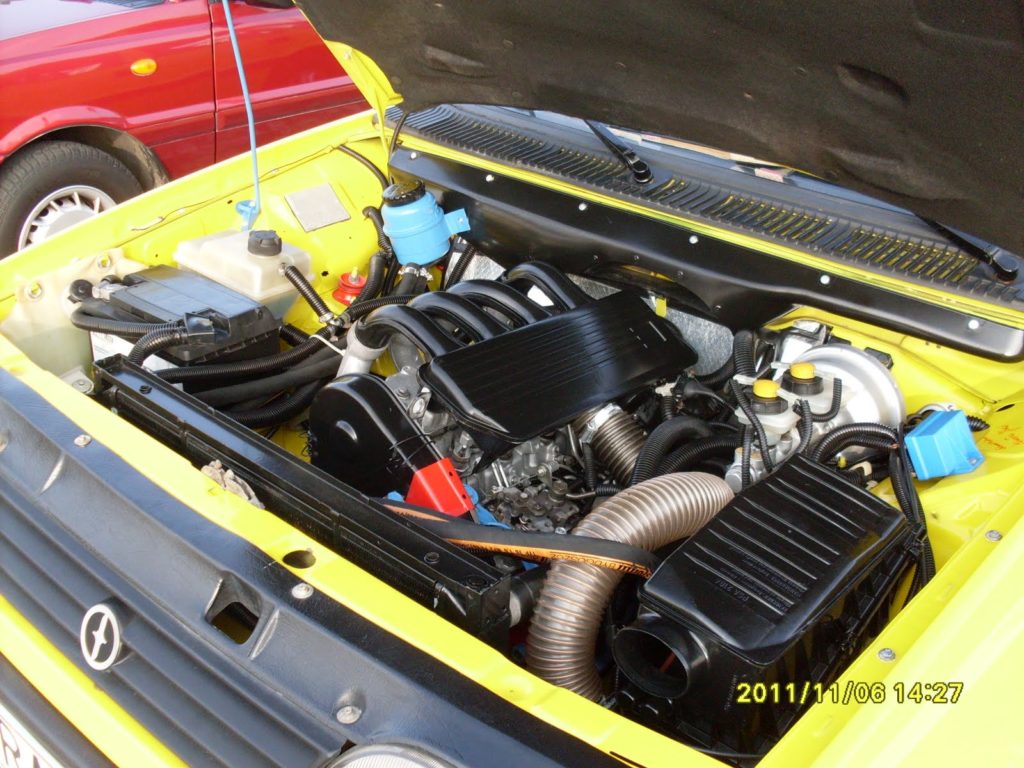
The powerplant in my Peugeot 306 was a 1.9 turbo diesel with the Bosch fuel pump and intercooler. The official name for this particular engine configuration would be the XUD9 TE/L. I’ll get on to why this matters in a moment. Acceleration wise, if we’re talking about waiting at a roundabout and choosing your moment to go around it, was really good. It was, relatively speaking, a responsive engine. I had learned to drive in a diesel 1.4 Vauxhall Corsa, and I couldn’t really notice a difference between these two cars (even with 10 years of technology advancement between them) until it got to the motorway.
I remember the Corsa just getting to motorway speeds in a normal time. The Peugeot 306 would seem to do nothing for ages – up until 50mph. But then the turbo would kick in, and you’d be pushed back in to your seat. It’s a characteristic of old turbos, where they give nothing until you’re at speed, but honestly it felt so good. It’s an experience I’ve never really had again in any other car I’ve driven, and every time it happened with the 306 it made me smile. It’s probably the one thing of that car I miss.
While the Peugeot 306 is legendary in it’s own right, it’s the XUD engine which is the true start of the Peugeot 306. A design dating back from 1982, not only did it demonstrate the best of French engineering but it revolutionised the diesel experience for the general public. Long before the introduction of the XUD, diesels were slow, noisy, dirty and slow. So slow you have to mention it at least 3 times – or at least wait for it to be mentioned for a third time.
Diesel engines were often the preserve of commercial applications, as they provided great fuel economy along with immense pulling power. However, the needs and desires of the public when it comes to the cars they drive are different to what businesses need, and while the public would love the pulling power and economy offered by diesel engines – they were woefully slow and dirty when placed in road cars.
The Briefest History of PSA’s XUD Engine
With the introduction of the XUD in 1982, that all changed. XUD powered vehicles (initially featured on the Peugeot 305) showed how good diesel engines could be. They provided all the power, torque and economy that made them popular in commercial sectors but without the dirt or noise that people of the time were used to. That’s a long way of saying that this engine provided far more refinement than what had gone before. Obviously a Peugeot 205 with an original XUD engine will be noisier and dirtier than what we have now, back then they were lightyears ahead of what had gone before.
The first incarnation of the XUD was designated the XUD9 – this provided 64hp and was naturally aspirated, which was soon improved to provide 70hp and was powering vehicles such as the Citroen Berlingo up until 1999 – when it was replaced with PSA’s HDi diesel engine. However, the XUD was also licensed to other manufacturers. One such application was powering the Lada Niva, which debuted with the PSA XUD diesel engine in 1999.
PSA though, with the introduction of their new HDi engine, stopped production of the XUD in 2001 – however because of the number of engines made, the Lada Niva were still available with the XUD engine in to at least 2007. It also found it’s way in to the Rover 200 and Rover 400, as well as this website’s favourite car – the FSO Polonez.
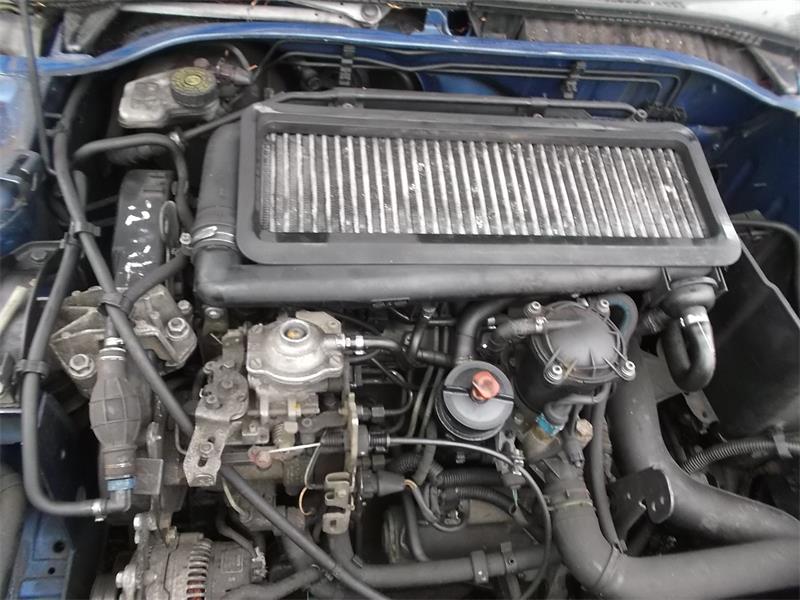
While I have spoken positively about the performance the XUD provided, but it’s all relative. The original XUD’s were naturally aspirated, and compared to their petrol equivalents, they were still slow in terms of acceleration. It wasn’t until the introduction of the XUD9 TE/L where performance started to at least be closer to petrol cars in terms of performance.
The XUD9 TE/L introduced a turbo to the engine, along with an intercooler. This, like I mentioned above, made the engine a fantastic heart to any machine it was place in to. You had all the torque benefits of larger petrol engine vehicles but with the MPG to rival smaller asthmatic petrol cars.
The true selling point of these XUD engines though was their reliability. They were, for want of a better word, bomb proof. They would take a lick and keep on ticking – as long as you weren’t a total clown and starved the engine of coolant. The XUD would pop a head gasket if it were run low on coolant, like every other engine ever made. When you consider that, it makes the reputation of the Rover K-Series engine look incredibly unfair. With the new tin snail and intercooler, the XUD9 TE/L would provide 91hp. I mean, it’s not going to set the world alight, but when it’s powering a Peugeot 306? Kid, you don’t know you’re born.
XUD7, XUD9, XUD11 – What’s The Difference?
The XUD was also available in different sizes, with the XUD7 offering a displacement of 1769cc (1.8l). The XUD7 found its way in to the Peugeot 205 Dturbo, Peugeot 309 Dturbo (as turbo charged only variants), as well as the Peugeot 405 Turbo and Rover 200 with it’s turbo and intercooler. The Peugeot 205, some Citroen Xsaras and Citroen Visas were powered by the XUD7 in its naturally aspirated form.
As well as the XUD7, the XUD11 offered displacements of 2138cc in naturally aspirated form and 2088cc in it’s turbo charged guise. This engine powered PSA’s larger cars, such as the Peugeot 406, Peugeot 605 and Citroen XM. Both the XUD7 and XUD11 never made their way in to cars made by other manufacturers, leaving the XUD9 to power the dreams of the people who drove them to work every day or on holiday. Bores and strokes also differ across the three versions of the XUD, but that’s something that I won’t even pretend to know
By 1998, PSA had produced their HDi line of engines to replace the XUD. The engines themselves aren’t too bad. I had one in the hateful Peugeot 3008 – ironically the engine was the best part of it. The development potential of the XUD had been reached, and a new design had to be brought forward.
The “common rail” diesel technology which had been invented by Vickers for submarines, had been developed by Denso for use with automotive engines in the mid-90’s. I won’t go in to the technicalities of the difference between non-common rail and common rail engines, but the major difference between the two was that diesel fuel was injected in to the engine at incredible high pressures. The design of the XUD didn’t allow for this, and quite possibly the cost of making that happen outweighed any potential performance increases with it. As with everything in the modern world, it’s cheaper to start again than it is to improve on something that already exists.
The End Of The Diesel Engine

The HDi engines were well placed for the 2009 scrappage scheme that infested the UK at that time. Everyone with ears would be told that we need to do our bit for the environment and that the best way to do this would be to buy diesel cars. If you didn’t believe them, the £35 a year tax you’d find associated with diesels certainly persuaded a lot of people to scrap their perfectly working vehicles for something new. It all feels too familiar now doesn’t it?
Diesels, like the petrol cars before, are now bad and we should all just dump them in a landfill and purchase a hybrid or EV. It’d be funny if it wasn’t so sad, how the short term answer to a long term question is based on the emissions from the tailpipe and not the emissions produced from every single element of the manufacturing and transportation of that car.
Thankfully though, for the moment, cars powered by the mighty XUD are still on the road. They’re still available, and they can still be enjoyed. For a lot of people either on a budget they offer great miles per gallon for long runs, and given the age of them they don’t get slammed with the ridiculous amount of tax other diesels get hit with. For others though, they offer a cheap form of motoring in another way.
Earlier, I mentioned that the XUD engine in my Peugeot 306 featured the Bosch injection system. This is a key thing to mention, as the XUD coupled with the Bosch injection (not the Lucas system I’m afraid!) means that your car can run on vegetable oil. The basis (in some respects) for biodiesel!
It’s something I’ve never done, and given that I’ve heard stories of people just throwing in vegetable oil straight from their own chip pan with a bit of petrol mixed through to properly filtering and making actual diesel with used chip shop oil, I may never do it. But I’m no less impressed and admire these people for, really, doing their bit to help the environment for which the car they’re driving has been derided for destroying.
It’s truly a wonderful thing to be able to do with these cars, and because the electrics are so rudimentary, not only have you an engine you can run for cheap and help the environment in a perverse way – there is less to go wrong.

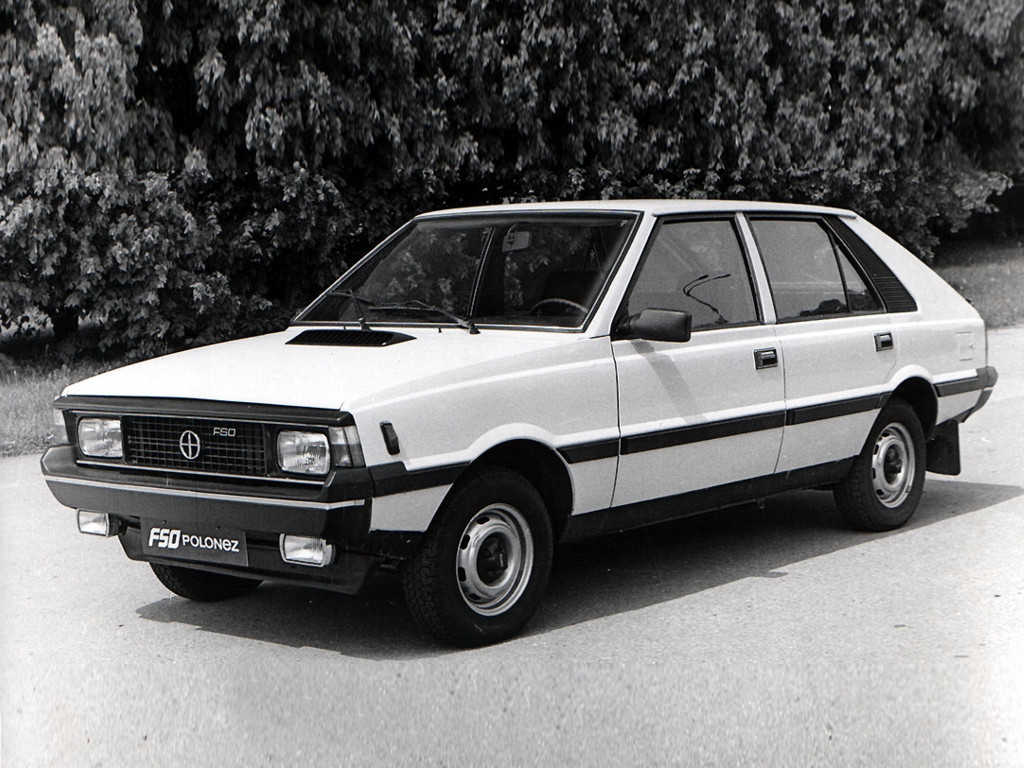

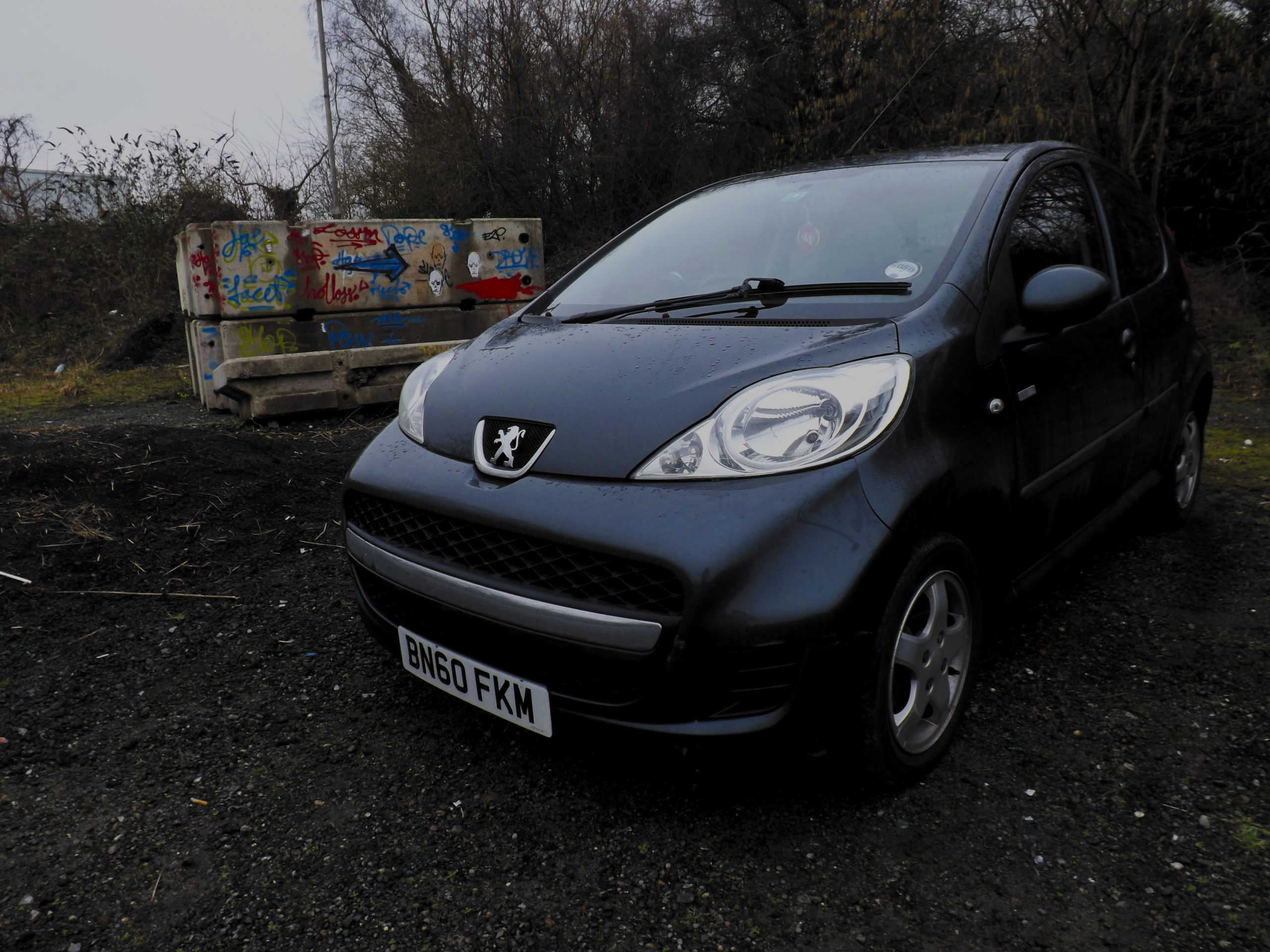



My first encounter with the XUD was whilst working at a UK Citroen dealership in 1985. On my first day, I was given a cluch cable job on a 1.9 BX diesel. The early BXs used to break the pedal boxes and fray cables for fun. To make the job more difficult, the car was on the fllor, on axle stands. It seemed so impossibly difficult, I cursed myself for not taking the job at a VW franchiseI’d also been offered.
Fast forward to 1996 and I started my own French car repair business. The PSA XUD engine that by then I knew inside-out was my mainstay of work. I used to always have an engine that I’d fully rebuilt. Whenever I did an head gasket- or similar engine work – on an XUD, I’d mention that I could fit a reconditioned engine for around £750 all in. This also included a new clutch and other new stuff.
Nearly every single time they opted for the exchange engine, rather than have their old unit repaired. I did a 60k miles guarantee. I never came across an engine that needed a rebore. They simply do not wear out. Although I always fitted new piston rings, the old ones were indistinguishable from the new ones. Crankshafts were also indistructable. Same for the oil pmps too.
These engines simply go on and on, forever.
As an example, I used to work on a C15 Visa van owned by TNT couriers. It had three drivers. It ran day & night almost non-stop. At around 680,000 (sic) miles, a driver drove it into flood water and killed it. The engine throughout all that time never had the cylinder head or sump removed. It was still on the original water pump.
With the current state of affairs on our planet, any decent PSA car/van/motorhome with this engine is an excellent choice. They run happily on straight vegetable oil (Bosch injection pump is best, but Lucas/CAV pump isn’t anywhere near as fragile as people suggest) preferably with an additive to reduce viscosity. Even better is properly refined used cooking oil that’s still legal in the UK. I can see XUD engined cars going for a small fortune as fuel prices approach £2.00/litre. I have a 306 non-turbo that approaches 65mpg with very carefull driving, on a long motorway run. Excellent engine!
Good article too 🙂
Whilst reading the article, I remembered another “XUD” tale.
If you look at the first photo in the article, you’ll see the black rubber bulb on the left hand side of the pic. This is the manual priming/lift pump to eliminate air from the fuel system after changing a fuel filter or doing more major repair work. I estimate that a single firm squeeze will pump around an egg-cup of diesel fuel. Now, the tank holds around 13 UK Gallons of fuel. If you accidently filled the tank with unleaded, how long do you think it would take to completely empty the tank using only the rubber hand pump?
Remember it’s made from really, really stiff rubber….
Well it took me around seven hours.
A friend had hired a new Peugeot 306. Filled the tank with 60 litres of petrol (he noticed the odometer read “666” when he collected it from the hire company) by mistake. This was in 1997, and the Daily Mail et al, told horror stories of £3k repair bills from a mis-fueling episode. Complete rubbish, I have yet to see a car really suffer from this. However, me being an honest mug, only charged him £30…
By the way, in case you’re wondering why I didn’t try pumping/syphoning the tank, the car broke down in a narrow alley-way. I had no tools with me, so we got three empty containers of road traffic film remover from a hand car wash place and I simply pumped away. Agony!
You mentioned that you cannot run a Lucas paired XUD on chip oil, unfortunately that’s incorrect and a bit of a scaremongering myth. The Lucas pumps handle chip fat very well, I’ve been running my 205 1.8d on it for over a year now, 50/50 in the colder months and straight oil during the summer. People get issues with their cars due to them being almost 30 years old running 30 year old parts and maybe not so well maintained, nothing wrong with either pumps, they both run oil perfectly.
You’re quite right, I’m not sure why I wrote that. I will amend it shortly. Thank you for pointing it out!